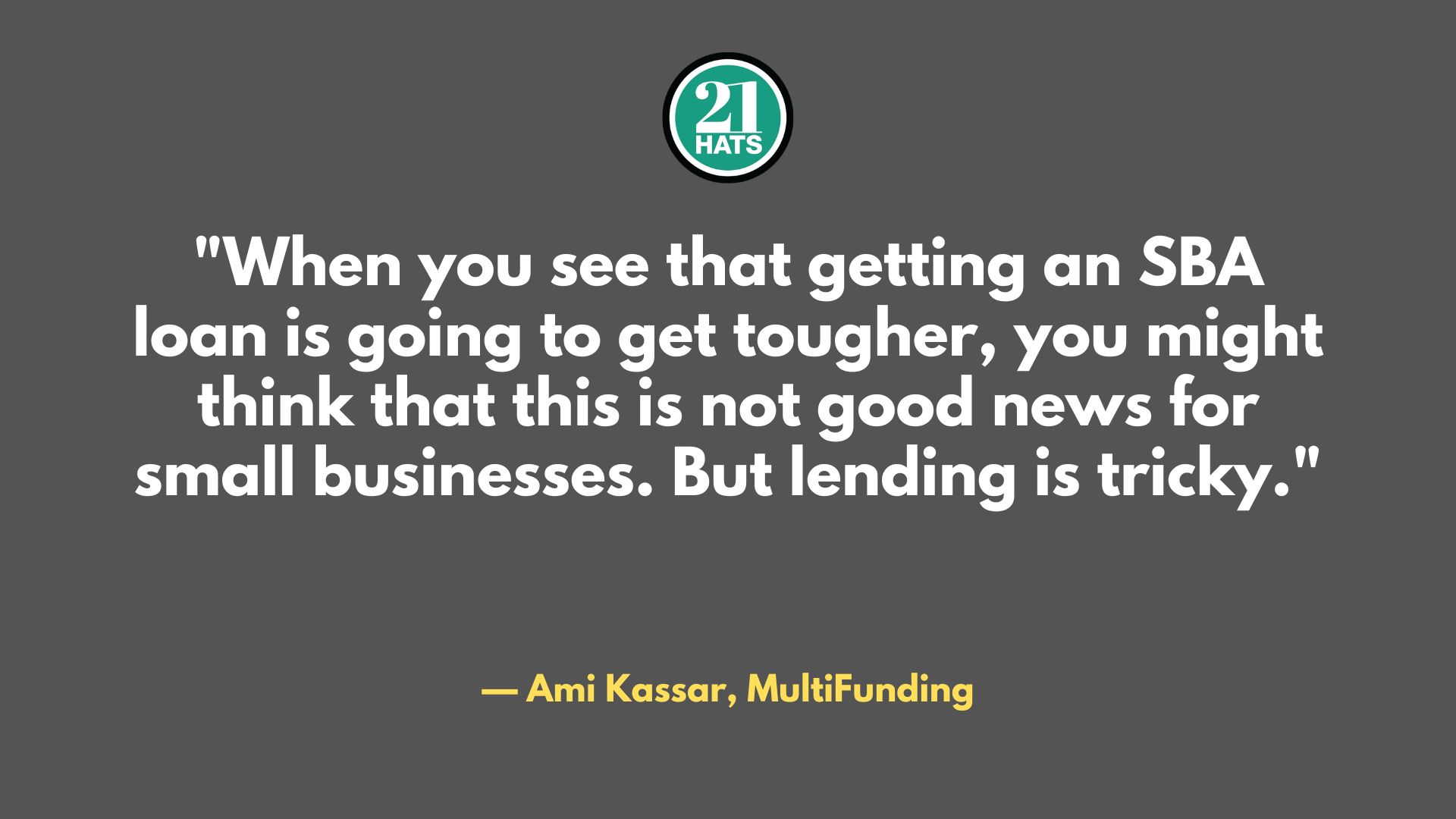Big Changes Are Coming to the SBA. That’s a Good Thing

Yes, getting an SBA loan will get more difficult, but the long-term viability of the agency will be protected.
By Ami Kassar
The Trump Administration has moved quickly to make changes to the Small Business Administration. As I have written before and as I testified before Congress, significant changes were made to the SBA during the Biden Administration, which strove to open up SBA lending as much as possible. They did this by removing guardrails from the program to make it easier for lenders to make loans and by reducing fees to make loans more affordable. These changes quickly brought challenges. For example, the lower costs and the increased defaults resulted in the SBA turning cash-flow negative for the first time in 14 years. That was not sustainable.
Many of the changes made during the Biden era are now being reversed. Inevitably, these changes will make it more expensive and more difficult for business owners to borrow money. That may seem like a bad thing, but lending is a tricky business. And when a government guarantees the loans, it’s even trickier. When loans go bad, we are all on the hook.
So when you evaluate these changes and see that fees have come back and underwriting standards are tougher and down-payment requirements are stricter, you might, on one hand, think that this is not good news for small businesses. But I encourage you to think long term. If the SBA starts running in the red regularly, costing taxpayers money, there may not be an SBA around to help any of us. And if it’s too easy to get an SBA loan and borrowers find they are unable to service their debt, that’s not even good for the borrower.
During the Biden Administration, all fees were waived on SBA loans of less than $1 million. These fees have now returned to what they were before the Biden administration. Fees on loans of more than $1 million were not changed during the Biden Administration, and they remain the same. All of these fees can be added to the loan amount and amortized.
As of June 1, borrowers will no longer be able to refinance merchant cash advances or factoring agreements with an SBA loan. I have long warned about the dangers of borrowing from internet lenders who charge deceptively high fees and can put a business on an inescapable treadmill. This is now just one more reason to avoid them.
In addition, the SBA Franchise Directory is returning. This means that the SBA once again will finance the purchase of a franchise only if the franchising company is listed in the directory, having supplied standard information for lenders to review. The Franchise Directory went away during the Biden Administration most likely because it was viewed as just one more box for a lender to check on a loan approval. But the Franchise Directory is another protection for borrowers, and I am glad to see it’s coming back. We’ll let you know when it goes live.
Beginning June 1, the SBA will require anyone looking to borrow money to start or buy a business to invest at least 10 percent of the total project cost. So, as an example, if the need is $1 million, the lender would put up $900,000. In other words, the borrower needs to have some skin in the game. If you are buying a business, and can convince the seller to carry a note for up to 5 percent of the total purchase price, this can represent as much as half of the equity requirement. However, the seller’s note has to be on standby for the full life of the SBA loan, meaning the borrower cannot start to pay back the original owner until the SBA loan has been paid off.
One of the first changes the Trump administration made after taking over was to require that any company getting an SBA loan be 100 percent owned by U.S. citizens, lawful permanent residents, or U.S. Nationals. Previously, businesses had to be just 51 percent owned by U.S. citizens. This is the only change that, in my opinion, is driven more by politics than by business considerations. It is causing a lot of disruption for existing companies that have some foreign ownership and now want to get an SBA loan, and many immigrant communities that rely on equity partners from abroad to get their businesses off the ground.
We expect more changes in the SBA going forward, including an announcement later today about larger loan sizes for manufacturing companies and will keep our readers apprised. All of that being said, I am impressed with how quickly this administration has moved to reinstate the fundamentals of the SBA and ensure its long term viability and success.
Ami Kassar is CEO of MultiFunding.